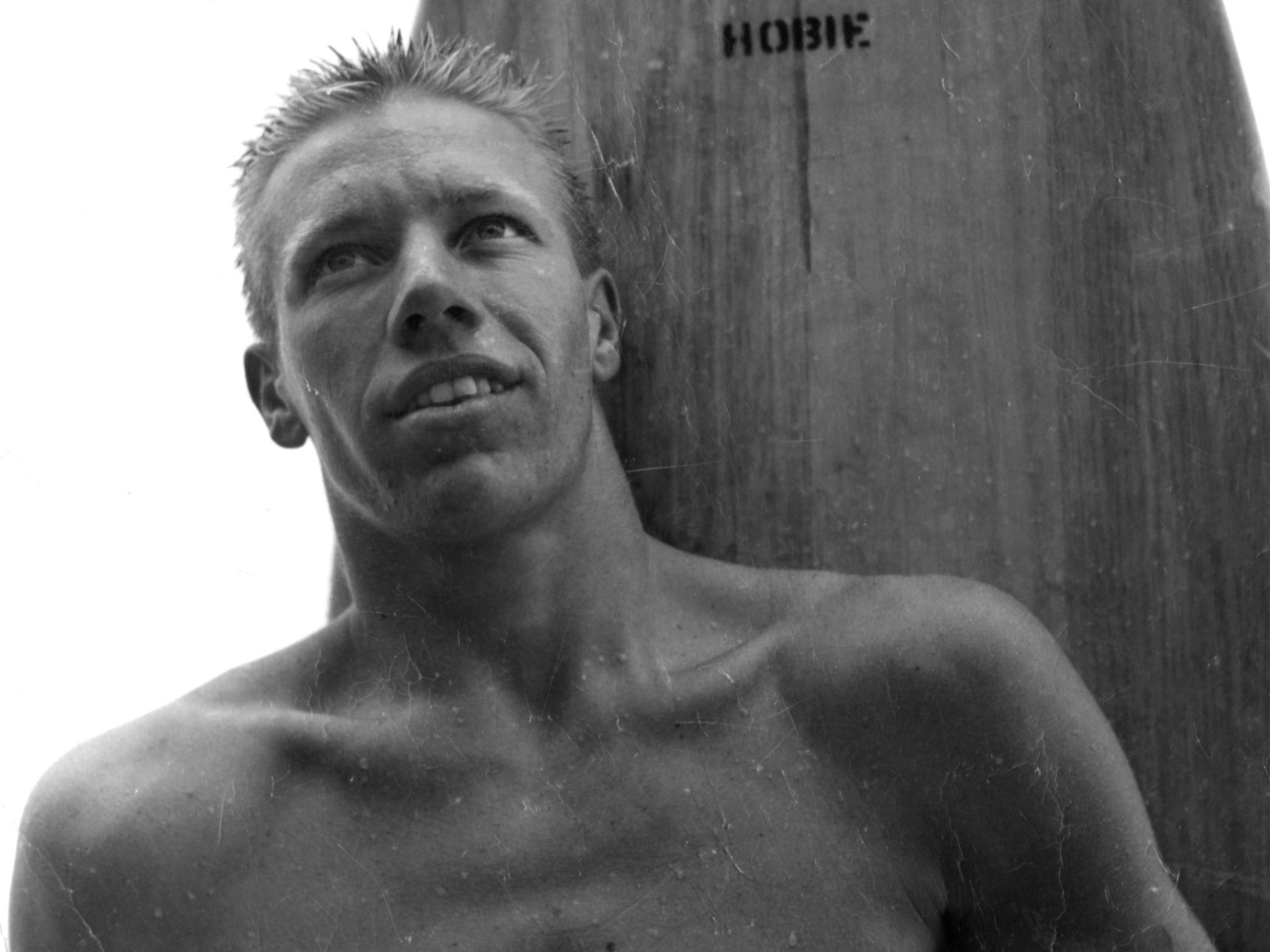Hobart Alter: Surfing pioneer whose cheap and lightweight 'Hobie' boards turned the sport into a global pursuit

The words “surfboard” and “Hobie” were all but synonymous in the US in the early 1960s, when teenagers who saw such films as Gidget and Beach Party rushed to the shores of Southern California to try the new water sport. And they were all on the lightweight, manoeuvrable boards built by Hobart Alter.
Hobart Alter worked in a small beachfront shop in Dana Point, cranking out boards by the thousands, building a worldwide empire that grew to include catamarans, skateboards, beach wear and more. When he had built his first board, around the time he graduated from high school in 1950, the old-fashioned, heavy wooden boards that had limited the sport to the strongest and most determined athletes were beginning to give way to lighter balsa wood.
But balsa wood was hard to come by, and Alter and his friend Gordon “Grubby” Clark decided they could build a better board using a polyurethane foam core. After a year of trial and error, the result was a board that was easy to shape, so light a child could carry it, and so manoeuvrable a good surfer could perform all manner of stunts on it.
Gidget, the 1959 film based on author Frederick Kohner's surfing-obsessed teenage daughter and her friends, had sent millions on a quest to ride the surf. Soon the Hobie board, which sold for just over $100, and its logo were ubiquitous, the latter found on surfers' cars, sketched into wet sand, carved into schoolroom desks.
Alter moved on to sailing. He had been a first-rate surfer, competing in Hawaii's Makaha International Championships in 1958 and 1959, and by the mid-1960s he was living in a beachfront home where he discovered it was impossible to launch a heavy sailboat from anywhere but a marina. So he invented the lightweight Hobie Cat,small enough to be strapped on to a car roof and light enough to be carried down to the beach and launched from the sand.
The son of a second-generation orange grower, he decided soon after high school that he did not want a job that required hard-soled shoes, a coat and tie, or hours that would take him away from activities like surfing. “I'm making money producing things that give me pleasure, doing exactly what I want to do,” he said in 1977. “I guess I'm really lucky that way.”
Alter was memorialised on Huntington Beach's Surfing Walk of Fame in 1997 and in the National Sailing Hall of Fame in 2011. He was also an avid skier and golfer.
JOHN ROGERS
Hobart Laidlaw Alter, designer: born Ontario, California 31 October 1933; married Susan (one daughter and two sons); died Palm Desert, California 29 March 2014.
Subscribe to Independent Premium to bookmark this article
Want to bookmark your favourite articles and stories to read or reference later? Start your Independent Premium subscription today.

Join our commenting forum
Join thought-provoking conversations, follow other Independent readers and see their replies